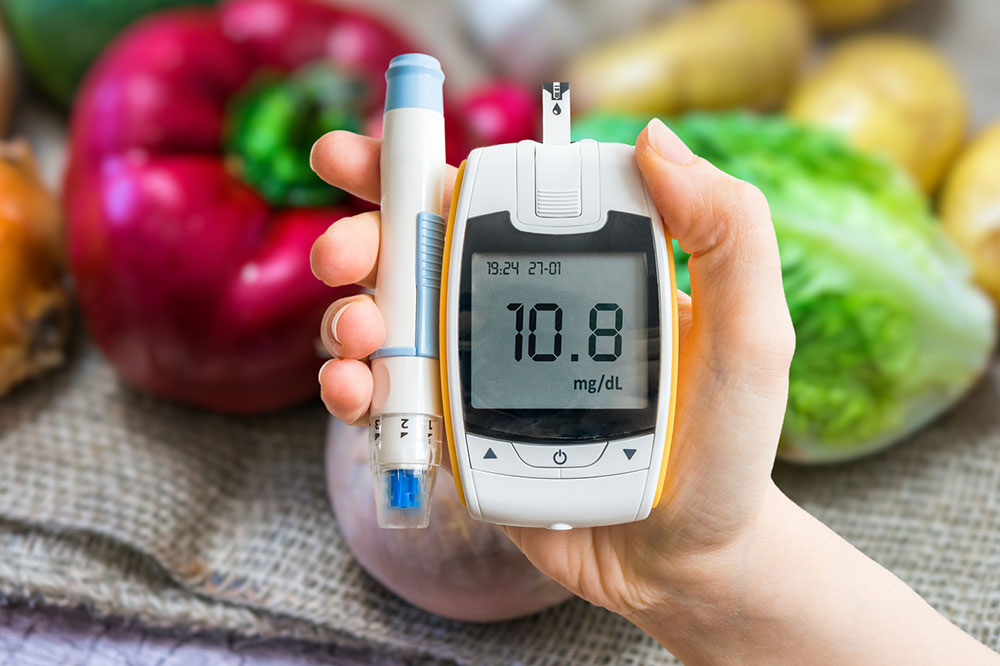Understanding Diabetes: Signs, Causes, and Risk Factors
This article explores diabetes, covering its symptoms, causes, and risk factors. It highlights key signs like frequent urination, blurred vision, and fatigue, along with the distinct aspects of type 1, type 2, and gestational diabetes. Understanding these factors can aid early detection and management. The content emphasizes the importance of lifestyle, genetics, and pregnancy-related changes in developing the condition, encouraging readers to seek professional medical advice for proper diagnosis and treatment.

Understanding Diabetes: Signs, Causes, and Risk Factors
Diabetes is a health condition characterized by elevated blood sugar levels. Insulin, a hormone produced by the body, helps move sugar from the blood into cells for energy or storage. In diabetes, the body either doesn't produce enough insulin or cannot effectively use it. This leads to high blood sugar levels, impacting overall health.
Key Symptoms
Common indicators of diabetes (both type 1 and type 2) include:
Unintentional weight loss
Blurred vision
Fatigue
Increased hunger and thirst
Frequent urination
Slow-healing sores
Symptoms among Men
Erectile issues
Reduced libido
Decreased muscle strength
Symptoms among Women
Yeast infections
Urinary tract infections
Itchy or dry skin
Gestational Diabetes
Often, women with gestational diabetes show no symptoms. This condition is usually identified during routine pregnancy tests between the 24th and 28th weeks. Some women may experience heightened urination or thirst.
Causes of Diabetes
The causes vary depending on the type of diabetes.
Type 1
This autoimmune disorder involves the immune system attacking insulin-producing cells in the pancreas. The exact cause remains uncertain but may involve genetic factors or viral triggers.
Type 2
This form occurs through a combination of genetic predisposition and lifestyle factors. Obesity significantly increases the risk, and the condition is often inherited.
Gestational Diabetes
During pregnancy, hormonal changes from the placenta can make body's cells less responsive to insulin, leading to gestational diabetes. Heavier women or those gaining substantial weight during pregnancy are at higher risk.
Risk Factors
Type 1Primarily affects children and teenagers. A family history of the disease elevates risk.
Type 2Risks increase for those who are inactive, over 45, obese, or have a family history. Pre-diabetes, high triglycerides, cholesterol, or blood pressure also contribute.
Gestational DiabetesHigher risks are seen in women over 25, obese women, those with a family history, previous gestational diabetes, or PCOS.
Environmental, lifestyle, and health conditions greatly influence individual risk levels.
Disclaimer:
The information provided here is for educational purposes only. It is not medical advice. Always consult healthcare professionals for diagnosis and treatment options.










